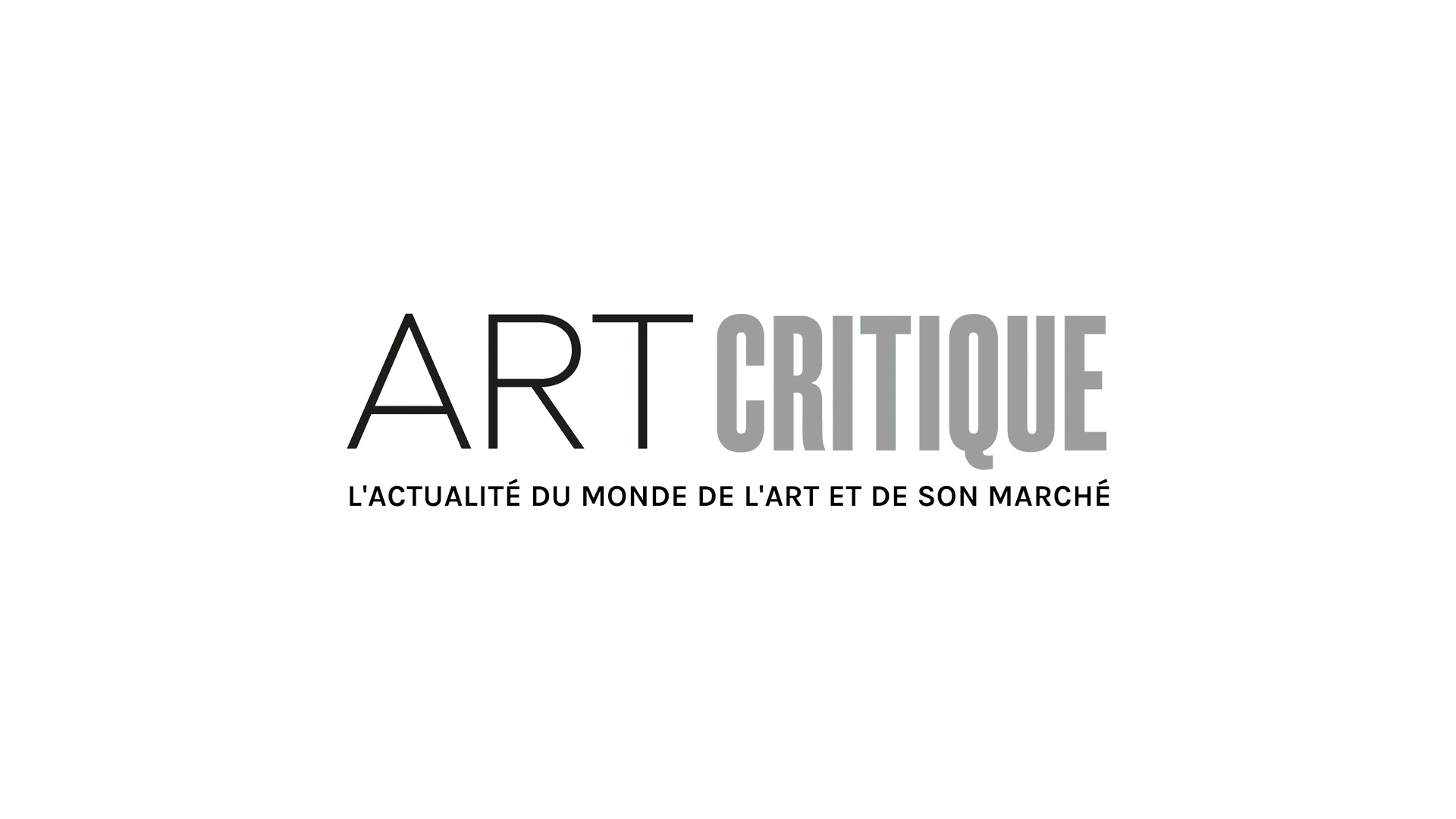Museums across the US faced backlash from their communities when in the face of police brutality that resulted in the murder of George Floyd, they stayed silent or were slow to speak out. The Museum of Modern Art in New York, The Guggenheim, The Getty, and the San Francisco Museum of Modern Art were among museums that were criticised for their slow response or their lack of directness within their posts.
“It’s telling that many museums that choose to show work about Black subjectivity are deeply silent right now,” tweeted Kimberly Drew, a writer, activist, and curator who was once the Met’s social media manager. “As a former social media manager, I understand first hand that finding something to say can be hard work. I am also saying that I would like to see you do that work.
Being slow to respond to this moment of uprising highlights systemic issues within many major institutions that have waited, often times too long, to look inwardly in order to address their part in tackling injustice and underrepresentation prevalent in the art world. A 2019 study led by Williams College professor Chad Topaz found that across 18 of the US’s biggest museums, including the Met, the National Gallery of Art in DC, the Art Institute of Chicago, Los Angeles County Museum of Art, and the Museum of Modern Art in New York, 85 percent of their collections were created by White artists. A further break down of the remaining 15 percent of museum collections showed that nine percent of artists were Asian, nearly three percent were Hispanic/Latinx, and just over one percent were Black/African American. Additionally, the Andrew W. Mellon Foundation in conjunction with the Association of Art Museum Directors reported in 2015 that at that time, a majority of 72 percent of museum staff identified as White.
In recent years, museums have pledged to increase representation of Black artists and artists of colour. Meanwhile, acquisitions of art by Black artists at the auction block remain stunted. As a Sotheby’s article pointed out, landmark moments, like when a painting by Basquiat became the most expensive work by an American artist to sell at auction in 2017, give the illusion that art by artists of colour is equally represented. However, Sotheby’s reported in 2019 that over the previous 10 years, just $2.2 billion was spent at auction on works by African American artists accounting for just over one percent of the global art market. Additionally, between 2008 and early 2019, Sotheby’s found that just over two percent of art acquisitions by and gifts to museums were works by African American artists. (Sotheby’s, Christie’s, Phillips, some of the biggest international auction houses, have been notably slow to speak out about current events or they have remained silent.)
While some of the oldest museums are beginning to wake up and make positive moves, there continues to be disproportionate representation in that a small group of “agreed-upon artists.” In an Artnet News article addressing the issues Black artists face as demand for their works begins to grow, Joeonna Bellorado-Samuels, director at Jack Shainman gallery, said “[Black artists] have to be more careful with their choices than white artists. […] and make sure that the work is presented, articulated, and contextualized in a very specific way.” In other words, the work it takes for a Black artist to get their foot in the door exceeds that of their White contemporaries and, once they do find themselves in the door, their work is far from over.
Admittedly, this article offers little in the way of answers, but, it is a reminder that it is easy to think major museums have begun to aggressively change when headlines cover the cracks of institutionalised systems that continue to benefit White (usually male) artists. It’s crucial to remind ourselves that these systems at work will take ongoing attention, effort, and action to meaningfully change.
My final words will go to Lonnie G. Bunch III, secretary of the Smithsonian, who made a statement on behalf of the US institution that rarely speaks out on political matters, given their federal backing. In his May 31st, statement, Bunch said:
“Although it will be a monumental task, the past is replete with examples of ordinary people working together to overcome seemingly insurmountable challenges. History is a guide to a better future and demonstrates that we can become a better society—but only if we collectively demand it from each other and from the institutions responsible for administering justice.”





